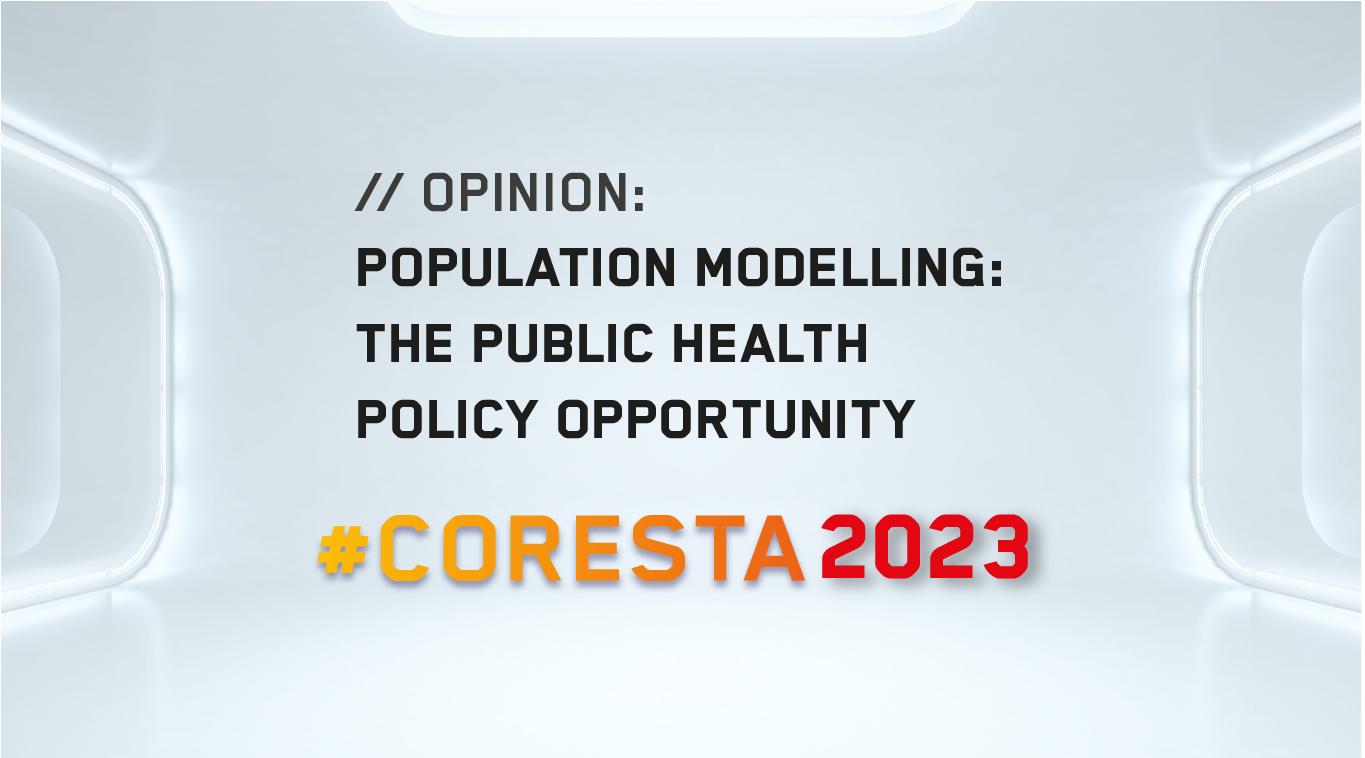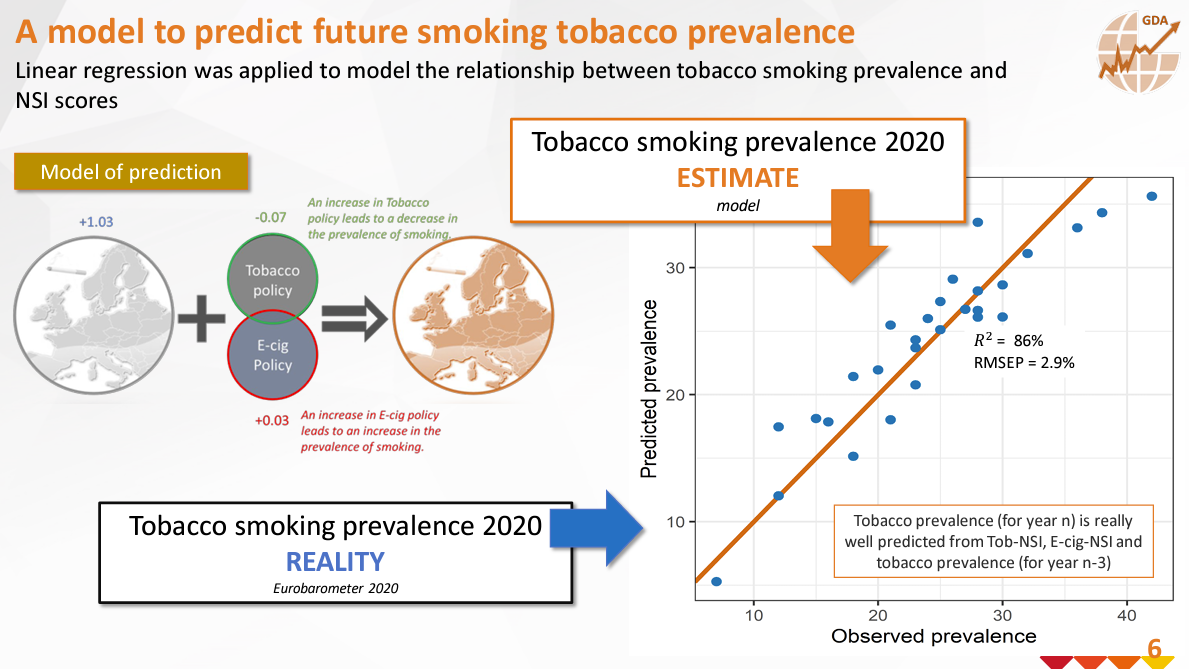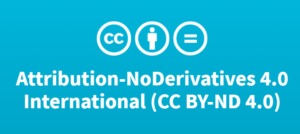
In the past decade, enlightened governments across the world have endorsed – and adopted – tobacco harm reduction as a way of improving public health outcomes. Yet entrenched opposition remains, often fuelled by misconceptions and playing on unfounded fears.
Imperial’s position on the matter has always been clear.
Smoking cigarettes is a cause of serious disease in smokers. Transitioning them en masse to high quality, scientifically substantiated – and equally crucially – well-regulated next generation products (NGP) can potentially make a dramatic positive contribution to global public health.
Previous academic research has investigated the connection between tobacco control policies and smoking prevalence. Broadly, these studies have concluded there is a noticeable correlation between the adoption of tobacco control policies and a decrease in smoking prevalence.
As tobacco harm reductionists, we believe it is crucial to understand whether the same patterns are prevalent with NGP – specifically in this case, vaping – regulation.
We therefore asked our computational science department, led by Dr Xavier Cahours, to dive more deeply into the relationship between tobacco and vaping control policies and smoking prevalence, focusing on the 27 countries constituting the European Union.
Specifically, we wanted to understand to what degree smoking levels in the present could be explained by past regulatory decisions on vaping products – and whether our results could be extrapolated to help predict future patterns of prevalence.
The team therefore created a complex predictive model using 2017 Eurobarometer data plus Nanny State Index (NSI) scores in relation to tobacco and vaping, before verifying the accuracy of the output by checking the data against 2020 Eurobarometer figures.

The granularity of our modelling allowed us to measure the predictive capacity of each regulatory policy impacting vaping, including flavour bans, indoor vaping bans, advertising restrictions, unfavourable tax regimes and even outright category bans. This enabled the team to tweak the model to better understand the potential impacts on future smoking prevalence.
Our modelling clearly demonstrates that less restrictive vaping control policies (i.e. a lower vape NSI score in 2017) correspond with a decrease in smoking prevalence in 2022. Conversely, more restrictive policies were correlated with increased smoking prevalence.
We were encouraged by how closely our model could predict the real-world smoking levels that were shown in the Eurobarometer data five years later, and that our findings were consistent with the hypothesis of tobacco harm reduction; that public health can be improved by offering existing adult smokers less harmful alternatives to smoking, alongside complimentary regulatory environments that help facilitate NGP adoption.
Our data also tallies with other academic research – for instance, the recently published study by Queen Mary University of London and funded by the National Institute of Health and Care Research (NIHR). That work concludes there is no sign that vaping, or any other NGP, promotes smoking and suggests that pragmatic regulatory frameworks have a key role to play in helping accelerate tobacco harm reduction.
We believe the clear evidence generated by our modelling adds further weight to our call for public health bodies and legislators to follow the science, and for peer-reviewed data – not media hearsay or anecdata – to drive regulation to help facilitate wider acceptance of NGP as a potential harm reduction tool for those adult smokers who would otherwise continue to use cigarettes.
We’d also like to think that any future legislative conversations relating to NGP wouldn’t necessarily begin by thinking about how to regulate or prohibit products, but instead focus on the positives – specifically, how to help the tens of millions of adult smokers open to switching to potentially harm reduced alternatives.
Tobacco harm reduction cannot and will not succeed without every contributing factor being considered – including, crucially, risk-proportionate regulatory frameworks distinct from traditional combustible tobacco regulation that allow NGP the opportunity to fulfil their public health potential.
These frameworks will need to be expedient to support NGP manufacturers; for instance, recognising the importance of flavours in an adult smoker’s switching journey and appreciating the crucial role of adult smoker-targeted marketing, while also ensuring those same flavours and advertising do not attract never-smokers to NGP.
Meanwhile, it is our collective responsibility to be vigilant and report any individuals or collectives who threaten to undermine the potential of tobacco harm reduction – whether that’s through selling dangerous devices, non-compliant e-liquids, or marketing or selling NGP to young people.
These unscrupulous players are an existential threat to widespread advocacy and adoption of NGP-driven public health policy and must not be allowed to undermine our industry or the harm reduction opportunity.
Our hope is that more countries will be empowered by the encouraging experiences of countries like the UK, Sweden, and Japan, and that best-practice regulatory frameworks for tobacco harm reduction and NGP can be swiftly and efficiently replicated elsewhere.
Over time, we believe the positive public health impact will be seismic.
So, we urge regulators, public health bodies and anyone who may be cynical about NGP to explore the results of our modelling – which will be presented at the CORESTA annual congress shortly – and is also available here, and ask you to consider the facts with an open mind before casting judgement.
You can also read more about our positions on other key NGP topics, including flavours and air quality here.

You are free to share this content with credit to Imperial Brands under a Creative Commons Attribution-NoDerivatives 4.0 International (CC BY-ND 4.0) license.
